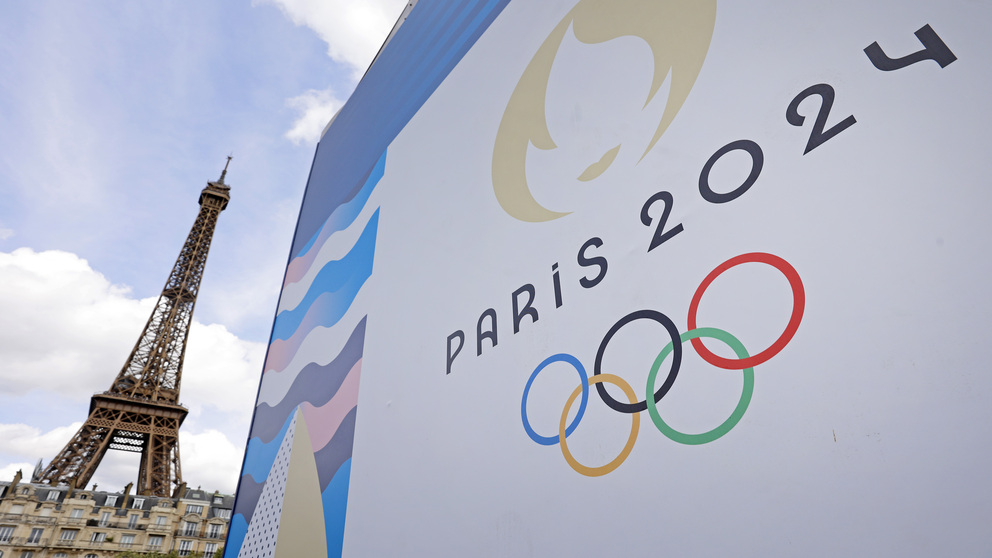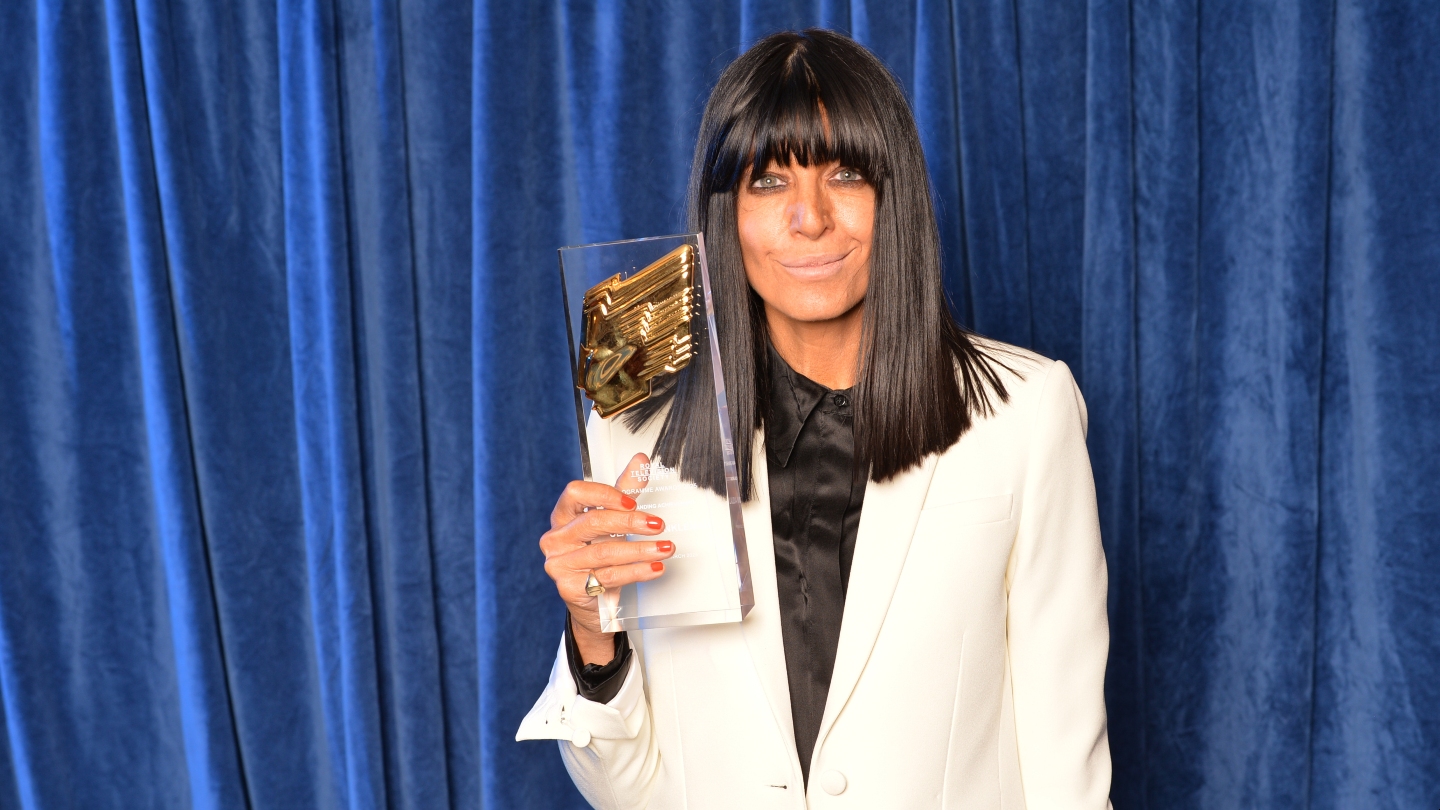The broadcasting industry is going through a rapid and significant change, driven by new technologies and shifts in how people consume content. The global video-streaming market was valued at $455.45 billion in 2022 and is projected to grow to $1,902.68 billion by 2030, while traditional viewership is decreasing. Audiences need to be more cohesive. In this article, we delve into these challenges and consider solutions through the lens of Gcore, a public cloud and edge computing pioneer.
The Distance and Delivery: Redefining Connectivity
In the broadcasting realm, where immediacy and engagement are paramount, the latency challenge is a formidable force to reckon with. Apart from the delivery method, when communicating with a distant server, sheer distance-induced latency, adding 1 millisecond per 96 km (60 miles), can notably degrade the viewer experience. In scenarios where real-time engagement is essential – the latency, hovering between 200 to 300 milliseconds, becomes a stumbling block.
Historically, satellite television was the most effective way to mitigate such challenges. It boasted an impressive 12-second delay during its heyday, significantly outpacing over-the-top (OTT) services...
You are not signed in.
Only registered users can view this article.
.jpg)
Beeb Watch’s Roger Bolton: “If you don’t have sufficient technical knowledge, you have a real problem”
During the past two years, the BBC has announced some of the most extensive cuts in its history, affecting nearly all of its production and creative departments. However, it’s the reductions to BBC News and the World Service that are arguably most concerning. David Davies reports.
.jpg)
Working conditions in post-production: “It’s a factor in not having children”
Independent Human Rights Consultant Amelia Knott shares her thoughts on some of the key findings from a recent investigation commissioned by the TV Industry Human Rights Forum in partnership with the Film and TV Charity into worker conditions in the UK’s post-production industry.

Opinion: With AI, MAM systems can finally deliver on their potential
Next-gen AI tools have become integral to media asset management systems. Transitioning to advanced capabilities with multimodal and generative AI unlocks enhanced searchability, contextual insights, and new ROI opportunities. Frederic Petitpont, Co-Founder and CTO of Moments Lab, explains more.

How 2024 has become the 5G Broadcast Olympics
Frank Copsidas, President of the 5G Broadcast Collective, discusses the transformative potential of 5G Broadcast technology, a novel platform for delivering content directly to smart devices equipped with a 5G broadcast-enabled modem chip.

UK’s indie producers need to embrace private equity or risk being left behind
According to recent stats from the British Film Institute (BFI), spending on film and high-end television production in the UK reached £4.2bn in 2023. While this is great news at face value, Sarudzayi Marufu, founder and executive producer of Euras Films, argues that domestic film and TV producers are being neglected, representing only 11% of the total spend. Marufu believes that the return of private equity could help bring UK indie film back from the brink.




